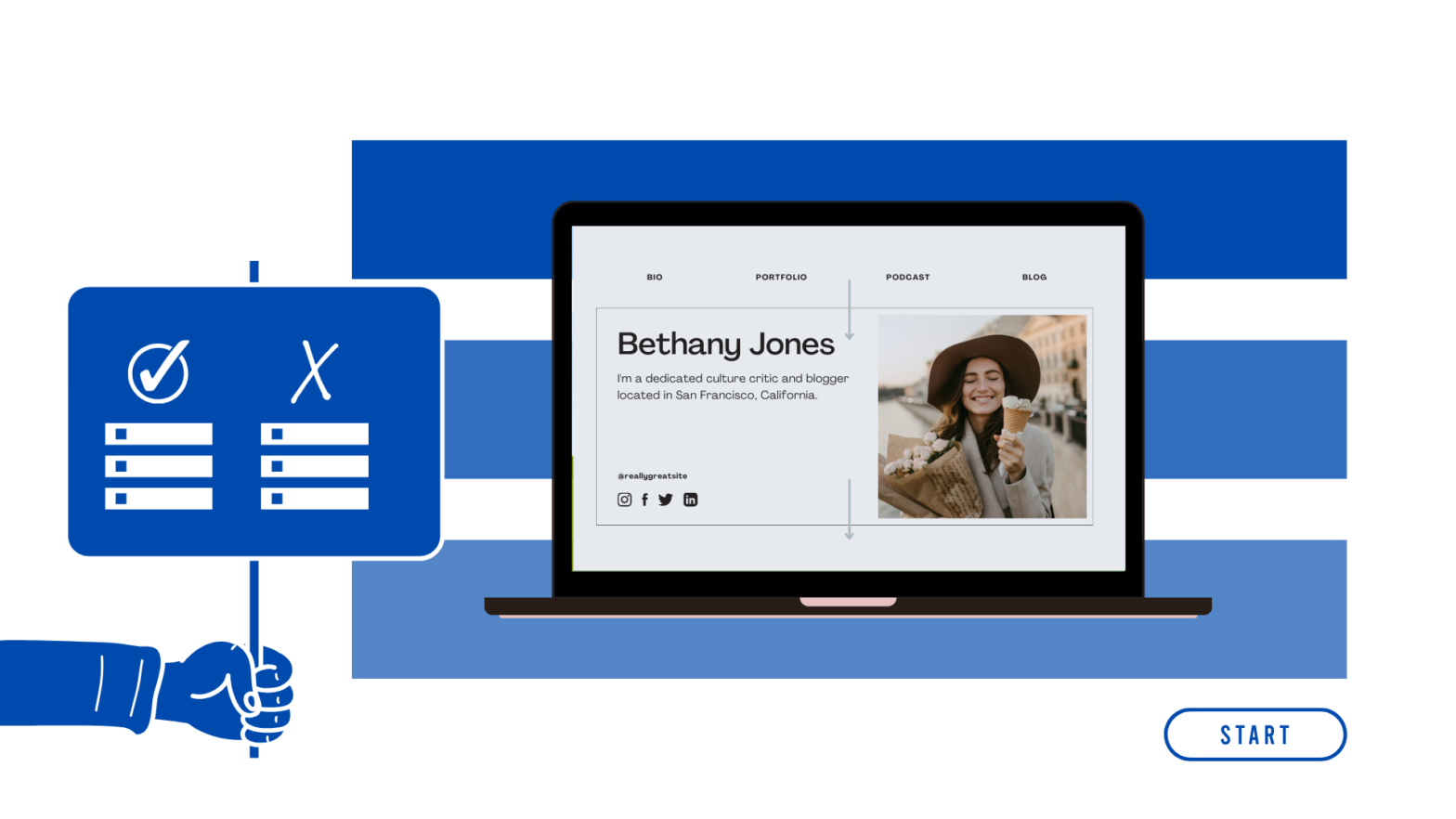The best way to add a personal touch to your online presence is to launch your own website. During the process of development of your website keep in mind the following Do and don’ts.

Keep your web design Responsive
Your website should be mobile-friendly. After designing, test the website on different screen sizes. You can use the Google Inspection tool or some online platforms to check the responsiveness of the site.
You can also use a google online tool, “Mobile-Friendly Test” for the check. It provides you with a score out of 100, along with some tips to troubleshoot the causing issues.
Optimize the loading speed
Loading speed is important, especially if you are targeting low-speed internet regions. You can optimize the loading speed using different optimizations, and testings.
To start with, after designing check the loading speed on gtmetrix. The online tool helps to figure out what causes the slow loading speed, and also recommends ways to reduce the loading time of the web page.
Also, you can check it on Google Page speed insight.
Should have an SSL
Your website should have an SSL.
SSL stands for Secure Sockets Layers. It is the green lock that you usually see while searching on the browser. There are different variations and security levels of SSLs. But for small businesses and blogs, a simple SSL is an economical and secure choice.
Basic SEO and analytics
Always integrate your site with the Google search console for analyzing and optimizing the SEO of the website.
Also, connect your site with analytics tools like Google Analytics or HubSpot Software. That keeps providing useful information regarding the user’s lands on your website.
Good copywriting
Invest some good amount of time, or hire someone to keep your copywriting concise, and accurate.
Copywriting is more of an art than a science, so the more creative a person is, and more easily he or she is connected to the idea behind the website. The better copywriting result you will get for the site.
Use relevant images
Always use an appropriate amount of images on the web pages and the blogs of your website.
Images help to keep your content visually appealing while giving a glimpse of the context so that your visitors can connect better.
Don’t add too many images, and always optimize the size of the images.
Use lazy load to load the images when it is in the viewport.
Conclusion
Keeping in mind the above-mentioned things helps you to match the modern standards that are required, and expected by visitors and search engines.
These things will help you stand out from other crappy competitors’ websites, and make your presence online more professional.
To stand out more in your industry through your website, and a combination of other social presence, check out the articles on “How to make your website unique?“

